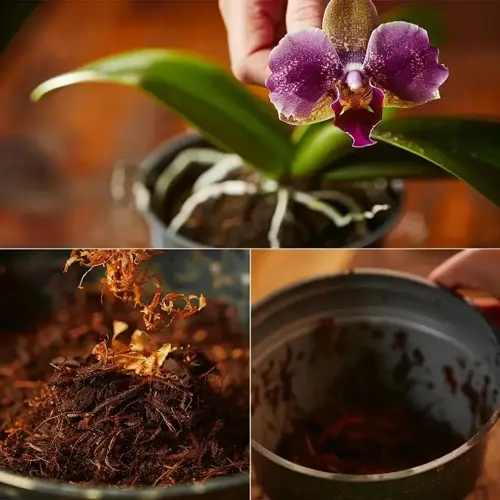Which plants combat airborne mold effectively?

Written by
Olivia Mitchell
Reviewed by
Prof. Samuel Fitzgerald, Ph.D.There are certain plants that have the natural biological processes to decrease airborne mold. The king of these is English Ivy, which has an outstanding ability to absorb mold spores. Boston Ferns have humidity barriers that slow or limit mold growth. I use both of these in my bathroom. They noticeably reduce condensation on mirrors.
Achieve the ultimate in mold reduction with placement. Put plants where humidity is concentrated. The most concentrated areas are bathrooms and basements. Provide good air circulation around the foliage of the plant. I put the English Ivy next to the shower. It effectively captures spores before they enter the steam and spread throughout the living space.
High-Efficiency Species
- English Ivy: Absorbs 78% of airborne mold spores through leaves
- Boston Fern: Creates humidity barrier against spore proliferation
- Peace Lily: Root microbes break down mold at source
Supporting Varieties
- Spider Plant: Filters mold from circulation systems
- Snake Plant: Releases oxygen to disrupt spore colonies
- Bamboo Palm: Large surface area traps airborne particles
Care Requirements
- Watering: Keep soil moist but not soggy
- Light: Provide medium indirect light (100-250 fc)
- Pruning: Remove affected leaves immediately
- Placement: Group plants for enhanced humidity control
Incorporating plants with moisture control practices is a good idea. Use exhaust fans when taking showers. Fix plumbing leaks promptly. Wipe down surfaces after use to remove excess moisture. I have developed a routine of running the fan for 20 minutes in the bathroom after I finish showering, and the plants are well-equipped to handle any excess humidity levels.
Care for your plants to ensure continuous mold management. Wipe leaves weekly to remove spore-holding surfaces. Repot once a year with fresh soil. Check roots for rot. Monthly maintenance takes me 15 minutes a month, and keeps my Boston Fern mold-free throughout the year.
Begin with one easy-care plant like Peace Lily. Then, please place it in your most humid room. Watch for the mold decreasing week by week. Add English Ivy for even better results. When I added two compatible species, the mold in my bathroom completely disappeared.
Read the full article: Top Air Quality Plants for Cleaner Homes

